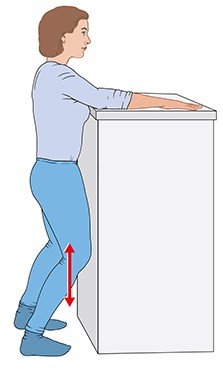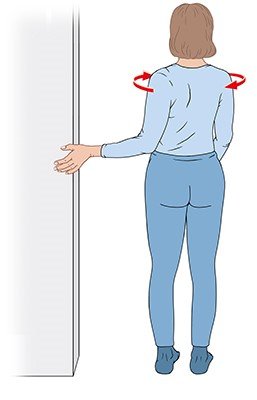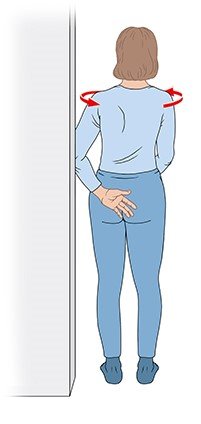Buchbinder R, Green S, Youd JM et al. Oral steroids for adhesive capsulitis. Cochrane Database Syst Rev 2006; (4): CD006189.
Dehlinger F, Hollinger B, Ambacher T. Die Schultersteife. Orthopädie und Unfallchirurgie up2date 2015; 10(2): 115-136.
Lin MT, Hsiao MY, Tu YK et al. Comparative Efficacy of Intra-Articular Steroid Injection and Distension in Patients With Frozen Shoulder: A Systematic Review and Network Meta-Analysis. Arch Phys Med Rehabil 2018; 99(7): 1383-1394.
Maund E, Craig D, Suekarran S et al. Management of frozen shoulder: a systematic review and cost-effectiveness analysis. Health Technol Assess 2012; 16(11): 1-264.
Mertens MG, Meert L, Struyf F et al. Exercise Therapy is Effective for Improvement in Range of Motion, Function, and Pain in Patients With Frozen Shoulder: A Systematic Review and Meta-analysis. Arch Phys Med Rehabil 2021; 103(5).
Page MJ, Green S, Kramer S et al. Electrotherapy modalities for adhesive capsulitis (frozen shoulder). Cochrane Database Syst Rev 2014; (10): CD011324.
Rangan A, Brealey SD, Keding A et al. Management of adults with primary frozen shoulder in secondary care (UK FROST): a multicentre, pragmatic, three-arm, superiority randomised clinical trial. Lancet 2020; 396(10256): 977-989.
Sun Y, Chen J, Li H et al. Steroid Injection and Nonsteroidal Anti-inflammatory Agents for Shoulder Pain: A PRISMA Systematic Review and Meta-Analysis of Randomized Controlled Trials. Medicine (Baltimore) 2015; 94(50): e2216.
Sun Y, Zhang P, Liu S et al. Intra-articular Steroid Injection for Frozen Shoulder: A Systematic Review and Meta-analysis of Randomized Controlled Trials With Trial Sequential Analysis. Am J Sports Med 2017; 45(9): 2171-2179.
IQWiG health information is written with the aim of helping people understand the advantages and disadvantages of the main treatment options and health care services.
Because IQWiG is a German institute, some of the information provided here is specific to the German health care system. The suitability of any of the described options in an individual case can be determined by talking to a doctor. informedhealth.org can provide support for talks with doctors and other medical professionals, but cannot replace them. We do not offer individual consultations.
Our information is based on the results of good-quality studies. It is written by a team of health care professionals, scientists and editors, and reviewed by external experts. You can find a detailed description of how our health information is produced and updated in our methods.





